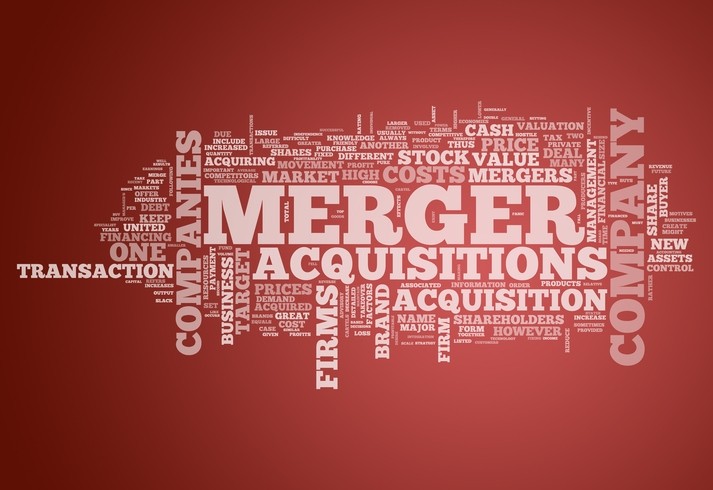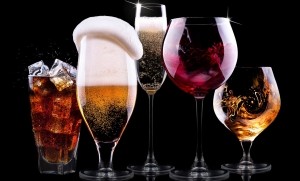Guest article
Changing consumer demand will continue to drive beverage M&A activity in 2018

Food & beverage M&A enjoyed a banner year in 2017. A strong component of the surge in deal flow was acquisitions in the alcoholic and non-alcoholic beverage sectors, which accounted for 24.1% of total Food & Beverage industry M&A.
A key driver of this uptick in transactions is established food and drink players buying up smaller, innovative drinks businesses, which have the brand resonance and cachet to appeal to younger consumers. While we expect this trend to continue, and even accelerate, the large traditional drinks businesses need to avoid damaging the integrity of acquired brands to ensure that M&A creates value.
Breaking conventions
As competition for consumer attention and loyalty intensifies, the trend of established beverage producers increasingly acquiring innovative and exciting brands to explore new ways to expand their customer bases has been strengthening over the past 12 months.
Key deals in 2017 included Unilever, owner of Lipton, increasing its presence in the herbal tea market by acquiring Pukka Herbs and Diageo’s $1bn takeover of George Clooney's Casamigos Tequila brand.
In 2018 so far, there has been no let-up in the pace of transactions, with Bacardi buying tequila maker Patron in a $5.1bn dollar deal and Pernod Ricard acquiring the remaining stake in Avión Tequila.
'For decades, large drinks corporations did not feel the need to break conventions. This has been changing'
In previous years this dynamic was not as a strong a factor in deal-making. Large drinks companies such as Diageo, AB InBev and Pernod Ricard were not under the same pressure from a proliferation of disruptive brands enticing consumers to seek alternative choices.
Take the alcoholic drinks sector. For decades, the large drinks corporations that have dominated the landscape did not feel the need to break the conventions of their category or innovate to offer something substantially new. In recent years this has been changing, as millennial consumers seek new brands with more authenticity and a strong brand story.
Surveys of this cohort reveal that millennials are searching for novel drinking experiences and are keener to try new drinks than previous generations, which puts more pressure on beverage companies to innovate. They are also less influenced by celebrity endorsement, which has been a common tactic used by established drinks companies to attract consumers.
The scale and size of the big drinks companies, with several layers of management, regimented processes and a rigidity of operations also makes it difficult for them to move and innovate as fast as nimbler rivals and create the drinks that today’s consumers, particularly younger generations, demand.
Growth companies, in contrast, have a greater connection to their audiences and can adapt to changing consumer tastes more quickly.
Fever-Tree’s tonic is a classic example of a disruptive influence in a stable category which had seen little innovation or change before it arrived. Founded in 2004, it is now worth more than Britvic, its 170-year-old rival, and in October 2017, Coca-Cola spent £10m ($14m) to re-launch Schweppes in the UK as a direct response to declining share of the category.
Brand stories
The rise of mobile digital technology has made it easier for consumers to connect with brands wherever and whenever they want. The evolution of social media has opened up access to brands at the touch of a button.
At the same time, a new generation of customers are driven to purchase – not on price or habit – but by an affinity to a brand’s distinct market positioning, the “stories” it creates and wider brand credentials.
For large drinks companies, it can make good commercial sense to spend heavily on acquiring smaller, growth companies. If they do not acquire, innovation becomes an internal imperative which it can be difficult to accommodate in large organisations.
Conventional marketing initiatives and genuine innovation can become conflated, so it can make better sense for large players to focus on what they really want to do well: distribution, supply chain, sales and marketing and infrastructure.
However, large acquirers must be careful not to damage the brand integrity or defining appeal with consumers. Powered by the artisanal craft beer revolution as well as the revival of liquors, drinkers have swapped basic brands for premium offerings and global companies that expand into niche areas need to retain the acquired business’ ethos in order for it to stay successful – as Pernod Ricard did with its purchase of Monkey 47 gin.
M&A works well when it has a clear strategic purpose and integration is carefully planned. Certainly for the big drinks companies, their M&A drives are helping to underpin their own expansion plans and as long as they maintain the authenticity of their acquisitions this will be a powerful factor in their growth. Smaller, innovative firms benefit from greater resources and marketing power of their larger rivals.
As a result, in 2018 we fully expect to see further consolidation in the beverage market - with consumers hopefully becoming the ultimate beneficiaries.
Angus Grierson is managing director of LGB Corporate Finance. Based in London, LGB is a corporate finance and investments firm providing M&A, debt financing and equity fundraising services to quoted and well-established private companies and portfolio management services to their investors.
Picture inset: getty/boule13







